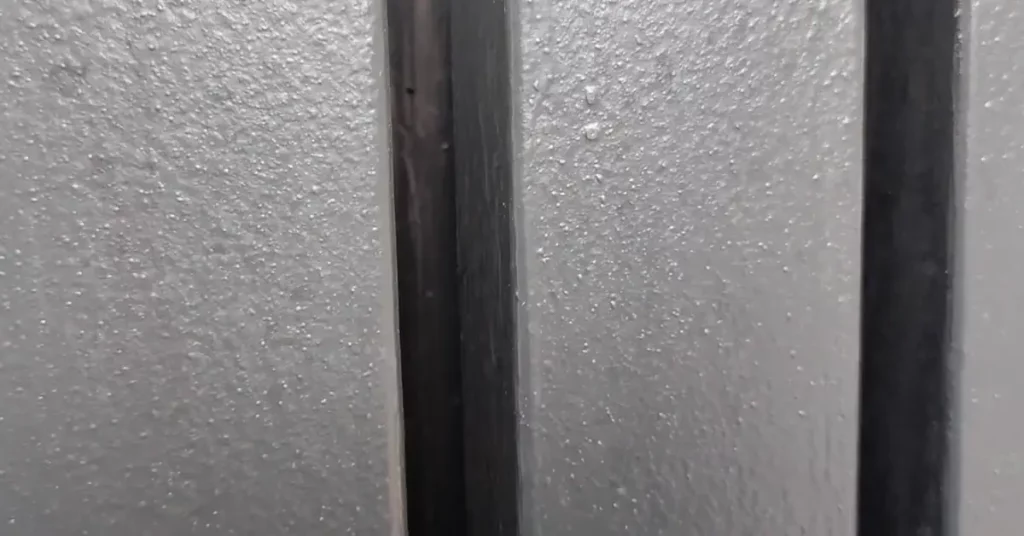Painting projects can be as easy or as complicated as you’d like them to be and understanding the intricacies of primers, paints, and finishing products is no exception. When it comes to painting surfaces, acrylic primer and enamel paint are two of the most popular options.

But can you use an acrylic primer with enamel paint? In this blog post, we will look at the compatibility of acrylic and enamel paints, the advantages of using them together, and other considerations you should keep in mind when deciding which type of paint to use. So, read on to learn more.
Can You Use Acrylic Primer With Enamel Paint: Is it Possible?
If you’re debating whether you can use an acrylic primer with enamel paint, the answer is “yes!”. Acrylic primer provides a strong adhesive for layers of enamel paint, which can be especially useful for jobs like metal rust prevention or creating a protective coating.

Not only does this combination give you the ease of an acrylic primer, but also the depth and richness of an enamel paint job. By combining acrylic primer with enamel paint, you get a combination that results in a powerful solution to your painting needs. So don’t fear mixing and matching paint and primer products – explore what possibilities will work best for you! When talking about mixing, you can use acrylic thinner with enamel paint.
Steps To Use Acrylic Primer With Enamel Paint
1. Paint Preparation
It’s important to start by properly prepping your surface before applying either the acrylic primer or enamel paint. This includes thoroughly cleaning the surface, sanding any rough patches, and removing any dust or debris.
You can use soap and water or a degreaser for this process. Doing this will ensure that your paint adheres well and that the end result looks its best.
2. Apply The Primer:
Apply a thin layer of acrylic primer using a brush or roller and allow it to dry completely before continuing (this could take up to 24 hours). Make sure you follow the instructions on the label regarding drying time and any additional steps needed prior to application.
3. Apply Enamel Paint:
Once the primer has dried completely, apply one coat of enamel paint over it in long strokes following the direction of the grain on wood surfaces (if applicable). After this coat dries, you can apply another coat if necessary (again, following the directions on the label).
4. Finishing Touches:
Once you have finished applying your mixture of acrylic primer and enamel paint, it’s time for the finishing touches. Allow the mixture to dry completely before applying a final coat of either acrylic primer or enamel paint, depending on which type was used in the mix (whichever type was not used).
It is also important to make sure that all coats are applied evenly and without leaving any visible streaks or brush marks in order to achieve optimal results.
Advantages of Combining Acrylic Primer and Enamel Paints
When combined, acrylic primer and enamel paints offer a number of advantages. These include:
1. Fast Drying Times: Using these two paints creates a fast-drying finish that can be applied quickly and efficiently without sacrificing quality or durability.
2. Improved Adhesion: The blending of these two types of paint results in better adhesion to surfaces such as metal or plastic, resulting in better coverage and improved protection for the underlying material.
3. Increased Durability: By merging the two paint types, you get a stronger finish that is more resistant to scratches and abrasions, meaning that it can stand up to wear and tear much better than either one used alone.
4. Greater Color Range: By combining different colors from both types of paint, you can achieve a wider range of colors than if you were using just one type alone. This makes it easier to create unique color palettes for your projects or designs without having to invest in multiple cans of each color individually.
5. Longer Shelf Life: The combination of both paints helps create a longer shelf life for your finished product so that it will last longer without fading or cracking over time, even after years.
Conclusion:
Painting with a combination of acrylic primers and enamels can yield great results if done correctly. By taking the time to prepare your surface beforehand, properly mixing the two paints together, and adding a final coat afterward, you can achieve beautiful finishes over the long run. For those looking for an easy way to spruce up their home décor without breaking the bank, this is definitely an option worth exploring.

S. Pushon is a paint expert, self-taught artist, and currently working as an adviser in the paint industry as a Quality Improvement and Development Assistant.
An artist by heart, he draws remarkable art pieces and as a professional paint industry individual, he seeks the insight and shares with enthusiasts. Read more…

